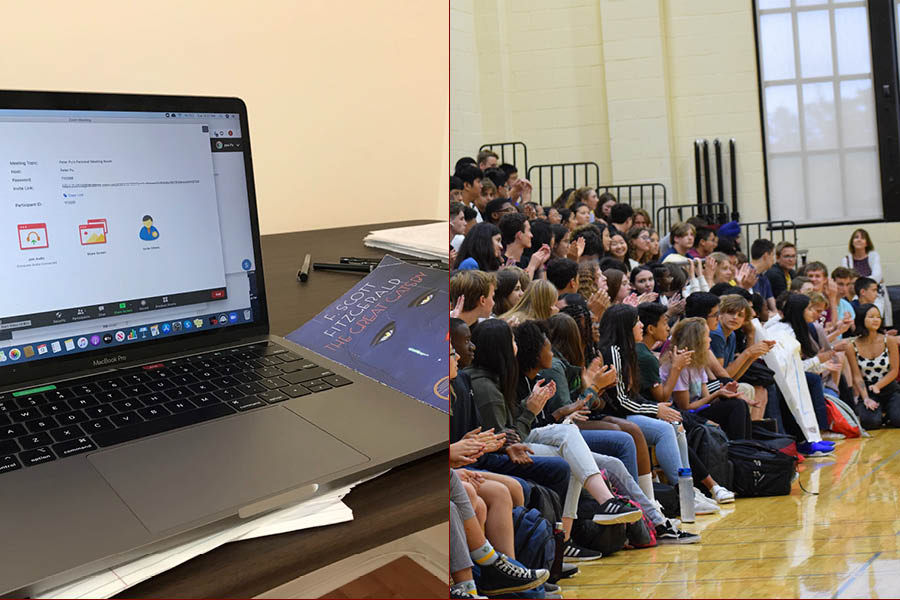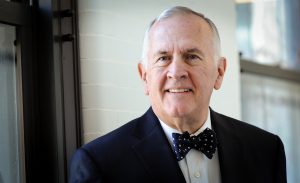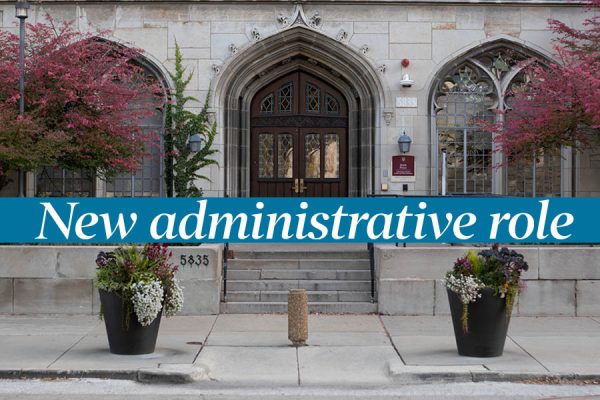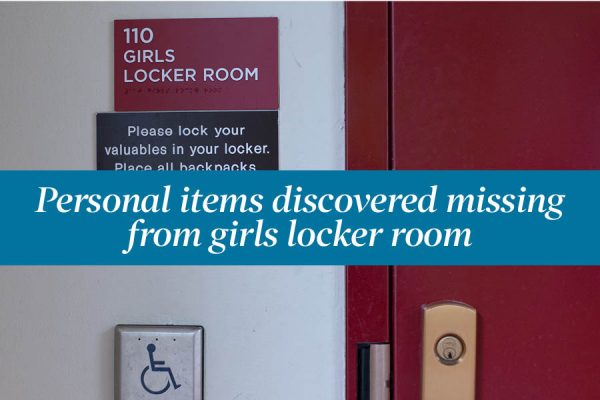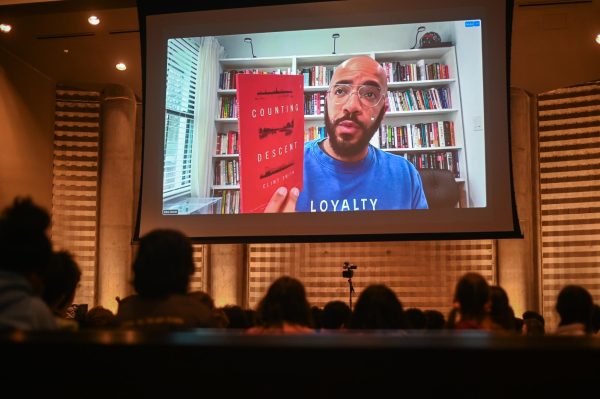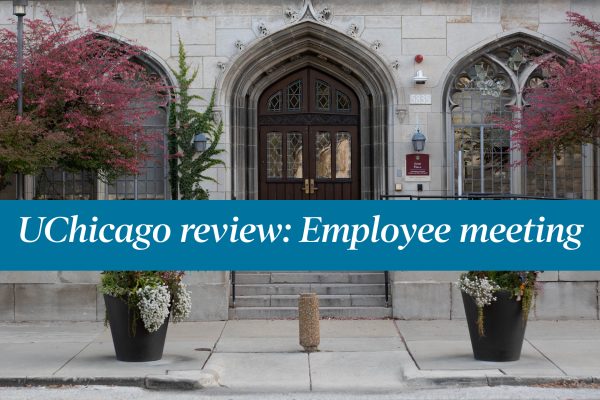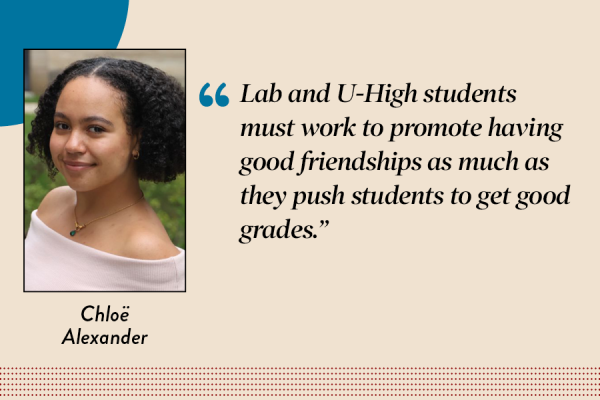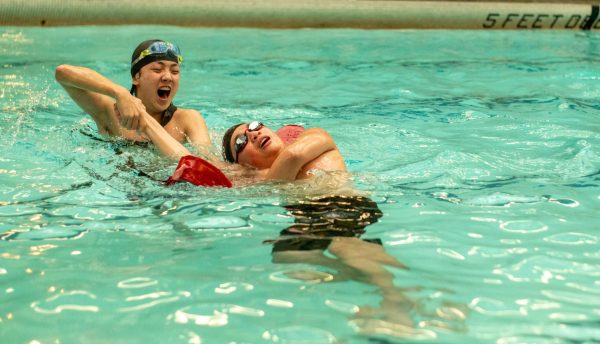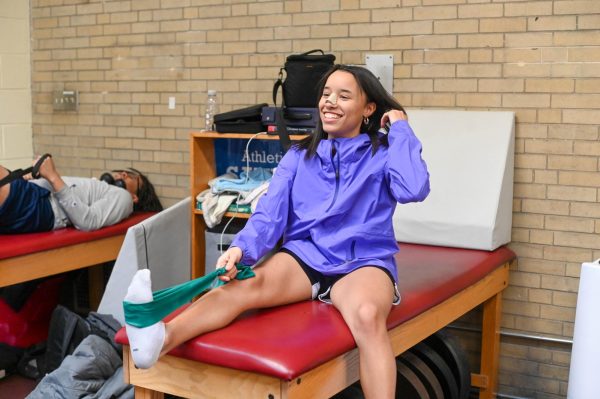Lab administration, faculty draft plans for learning in 2020-21 school year
There are still many unknowns in the transition between remote and in-person learning.
The Laboratory Schools administration and faculty have submitted to University of Chicago officials a broad plan for the 2020-21 school year to maximize the quality of education while following regulations and maintaining social distancing under a range of possible conditions, though the final course of action is still subject to change with new information about the pandemic.
The broad strokes plan submitted June 8 to Vice Provost Daniel Abebe outlines plans for teaching and learning in person, remotely or a hybrid combination. The current plans consider providing full in-person instruction for students from Nursery 3 to fifth grade. In that model, students in grades 6 through 12 would follow a three-week hybrid schedule with two weeks of remote learning and one week in person.
The plan will be submitted to President Robert Zimmer next week, and according to Interim Director David Magill, a plan will be released publicly by July 1.
For the high school, a committee of administrators and six faculty members will work throughout the summer on details and procedures in four categories: Schoology use, weekly posting class activities, professional development, and student expectations and guidelines.
“The students all the way from nursery through grade 12 are different, and our high school students do better on remote than our youngest students,” Mr. Magill said. “Our three-year-olds have a rough time spending more than 10 minutes in front of a screen.”
In-person classes would still prioritize social distancing and maintaining small class sizes, according to Mr. Magill.
Referring to the lower school classes, Mr. Magill said, “We’ll actually split the class so that the teacher can move between 11 or 12 kids in two different classrooms, and there will be a teacher assistant or multiple assistants in the classrooms to watch them.”
Some clubs may have to meet online, students may need to pack their own lunch, and the status of sports seasons awaits a decision by the Illinois High School Association and the university, according to Mr. Magill.
In preparation for the fall, teachers have the opportunity to take a professional development program developed in the past spring with 15 hours of instruction for teachers to improve how they educate students online.
Fine arts department co-chair Sunny Neater said she and her colleagues are also looking for other opportunities to improve their teaching.
“I’ve been taking a lot of Skillshare classes in this time, not only to improve my art-making and to share with my students but to really see how they’re teaching and to see what I can learn from them and their teaching,” Ms. Neater said.
Ms. Neater also plans to take an online course for printmaking taught by Julie Lapping Rivera, a faculty member of Zea Mays Printmaking in Massachusetts.
To facilitate performances in music courses including Orchestra, Choir, Jazz Band and Symphony Orchestra in remote learning, music teachers will consider learning how to align recordings of different parts, according to music department chair Rozalyn Torto.
“To get 50 parts in alignment, you would need to use your metronome and have a good recording and then you send it into someone, and they can make it,” Ms. Torto said, “but teachers are willing to be trained on those types of techniques.”
Even for large ensembles, the pedagogy will consist of three layers, according to Ms. Torto. Students will attend one-on-one meetings and submit videos for teachers to critique technique, musicality and style. Students will also meet as small groups in sectionals and together as the large ensemble.
After the abrupt transition to remote learning, art and science courses have especially struggled in providing students with the required materials. According to Ms. Neater, the fine arts department plans to adapt assignments to the limited materials and provide students with art kits.
“We know that some parents are surrounded by tons of art materials for students or their children, and some families aren’t for a variety of reasons,” Ms. Neater said, “so we want to find a way of working with students to make art that’s equitable for everyone.”
According to science department chair Daniel Calleri, eighth graders were provided with copper tape and batteries for building circuits this year, but due to financial constraints, students may be unable to conduct chemistry labs and other hands-on learning projects in the fall.
Dr. Calleri said students will have a large responsibility to maximize their own learning if any form of remote learning continues in the fall.
“You can mentally check out in class, but chances are, you’re still getting something, but when you’re at home on a Zoom, the level of mental checkout can be complete,” Dr. Calleri said. “By that, I mean you are going to be out-competed by your friends and classmates who can pay attention.”
Even with extensive planning, it is still too early to make most decisions, according to Mr. Magill.
Mr. Magill said, “This thing keeps changing, and the statistics that we hear from the state and local government are things that are ultimately going to open schools and open businesses.”




















































